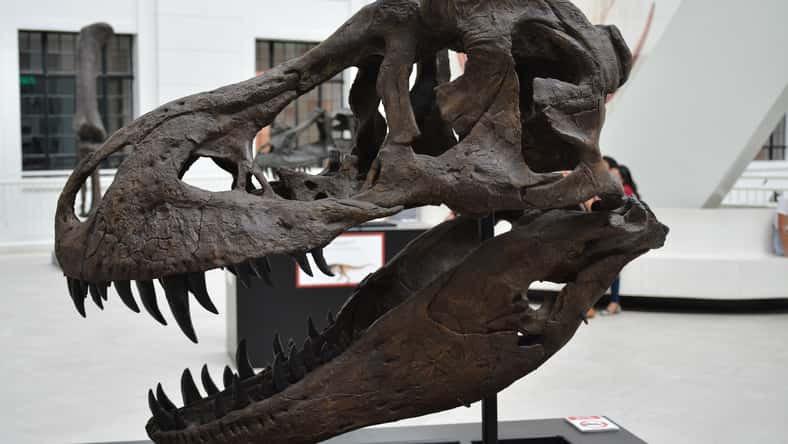
Nearly 100 percent of people infected with “brain-eating” amoebas die. In an effort to cure the deadly infections, doctors are trying out new techniques and treatments with the hope of preventing more people from becoming victims.
In the past, the amoeba has resulted in tragic deaths for several individuals. Over 10 years ago, an 8-year-old boy in San Antonio, Texas, was rushed to the hospital after five days of headaches, fever, vomiting, and sensitivity to light. The boy’s mother lived near the Texas-Mexico border and had taken him to clinics in Mexico.
However, his condition had grown even worse. By the time the child arrived at the University Hospital in San Antonio, he was unconscious and unresponsive to all stimuli.
The doctors discovered an organism called Naegleria fowleri in his brain, which caused the disease of primary amebic meningoencephalitis (PAM).
It was the third case that Dr. Dennis Conrad, a pediatrics infectious disease specialist, had ever seen throughout the entirety of his career.
The other two patients had died from the brain-eating amoeba. But Dr. Conrad had just heard of a new drug called miltefosine, which had been approved as an experimental treatment for N. fowleri.
It was originally used to treat leishmaniasis, an illness caused by a tropical parasite. Conrad administered the drug to the boy. Ultimately, he survived but lost much of his abilities. After months of rehabilitation, he regained some skills, but his family still had to assist him with basic self-care.
Around the same time, a 13-year-old girl from Arkansas contracted the amoeba while swimming in an artificial pond. One of the drugs she was immediately given for treatment was miltefosine, and she was able to make a full recovery.
The Texas boy and Arkansas girl were the first survivors of the brain-eating amoeba since 1978. Between 1962 and 2022, there were 157 confirmed human cases of N. fowleri infection in the U.S., according to the Centers for Disease Control and Prevention (CDC). In all that time, only a total of four people have survived.

Becoming infected with this amoeba is rare, but it’s even more rare to survive the illness if you have been infected with it.
The few who have overcome the disease may owe their lives to miltefosine, the most recent medication that has been recommended for the treatment of PAM.
Even with miltefosine, not all PAM patients survived. According to the CDC, PAM has a fatality rate of over 97 percent.
Miltefosine can also have harmful side effects on the liver and kidneys, so doctors have been looking into alternatives. New drugs and more effective treatments are currently in the works.
For instance, some studies have suggested that cooling down patients’ body temperatures to around 95 degrees Fahrenheit can improve recovery from brain trauma.
A promising medication to use against PAM includes nitroxoline, an antibiotic for treating urinary tract infections in Europe.
It has been successfully used to treat a different brain-eating amoeba. There are also efforts to develop mRNA vaccines against N. fowleri infections.
For now, the best thing doctors can do for their patients is to learn how to recognize the disease faster to stave off as much damage from the amoeba as possible.
Sign up for Chip Chick’s newsletter and get stories like this delivered to your inbox.












